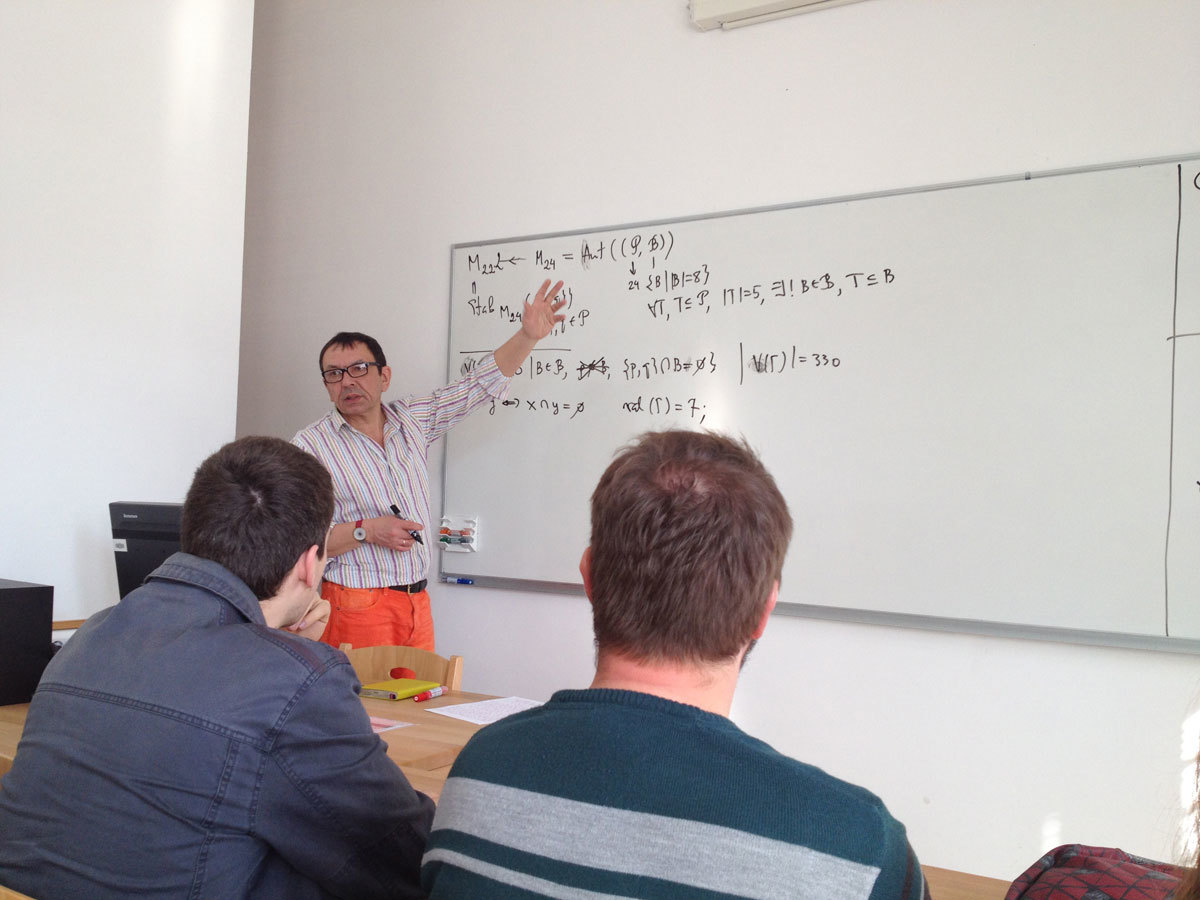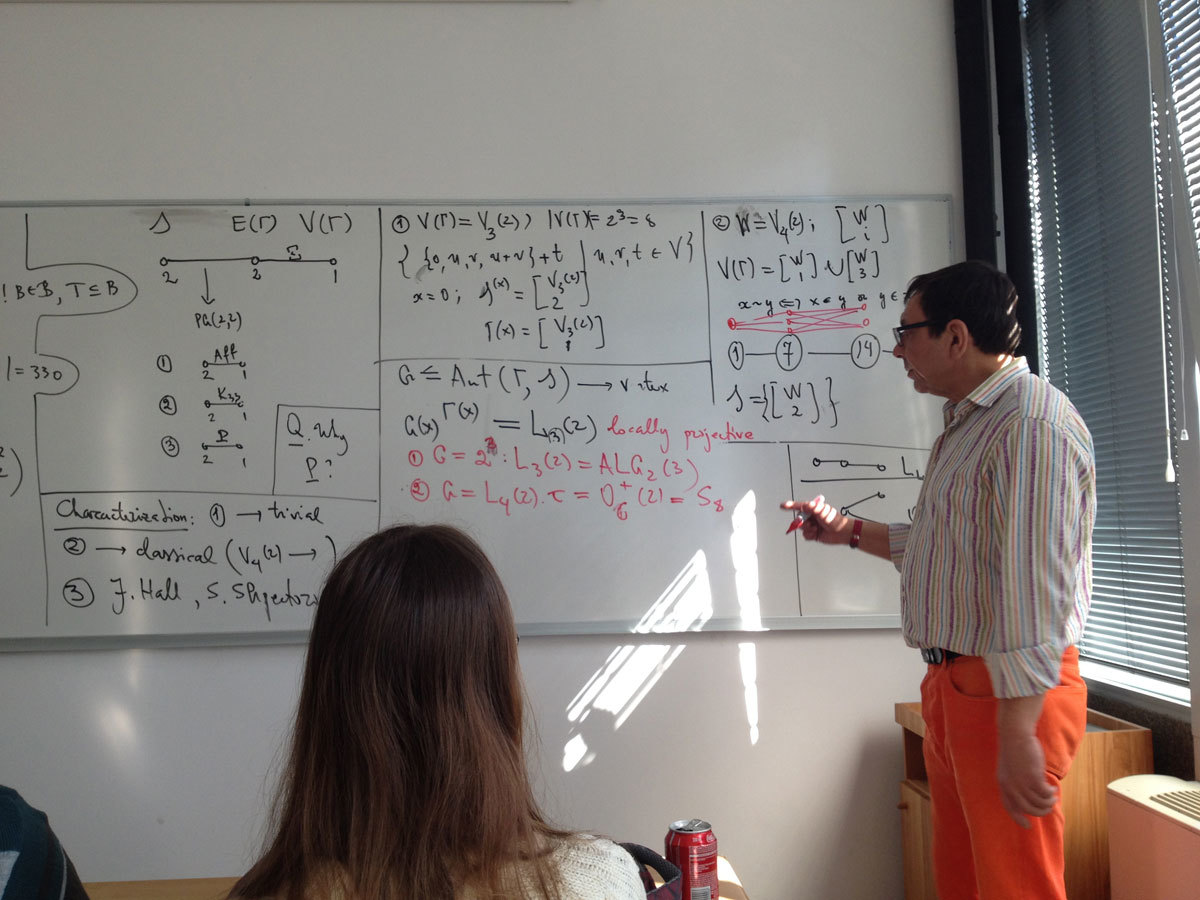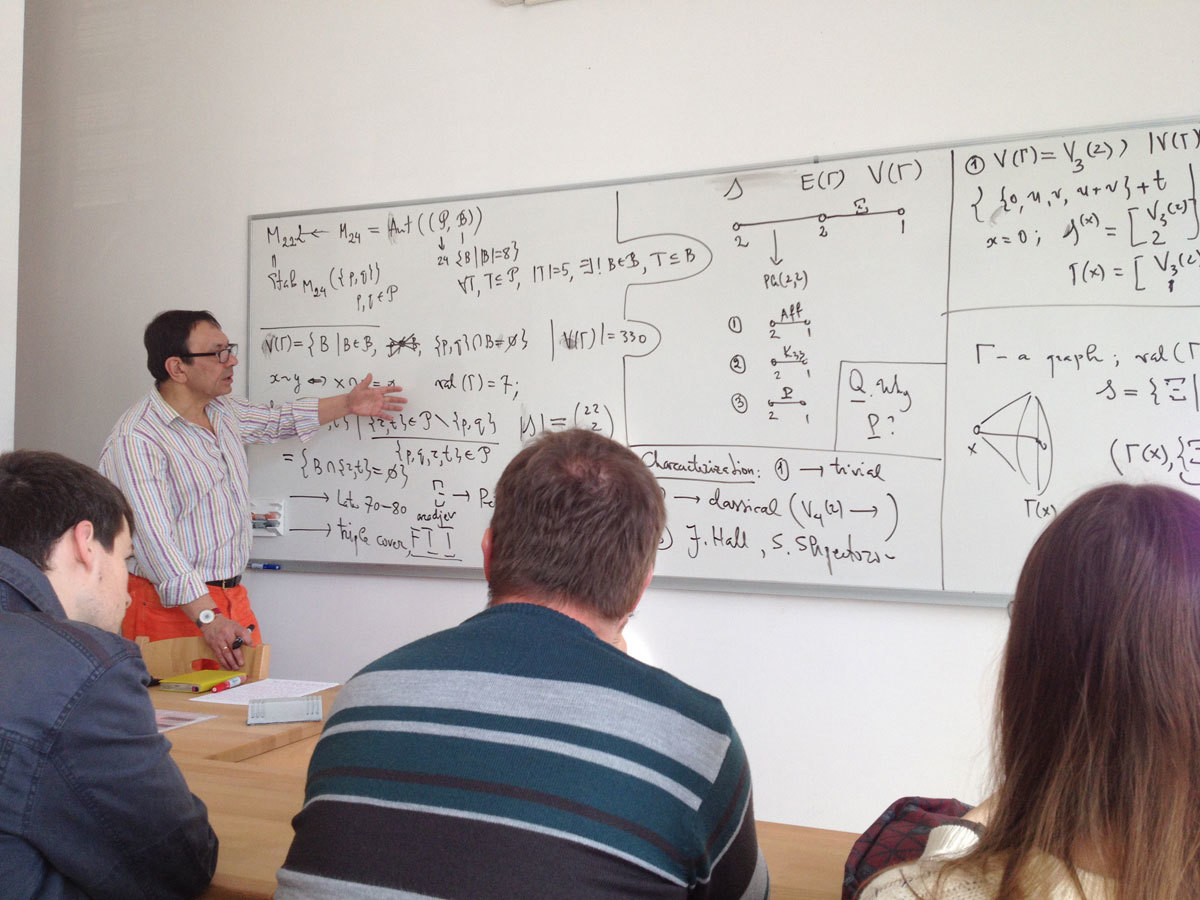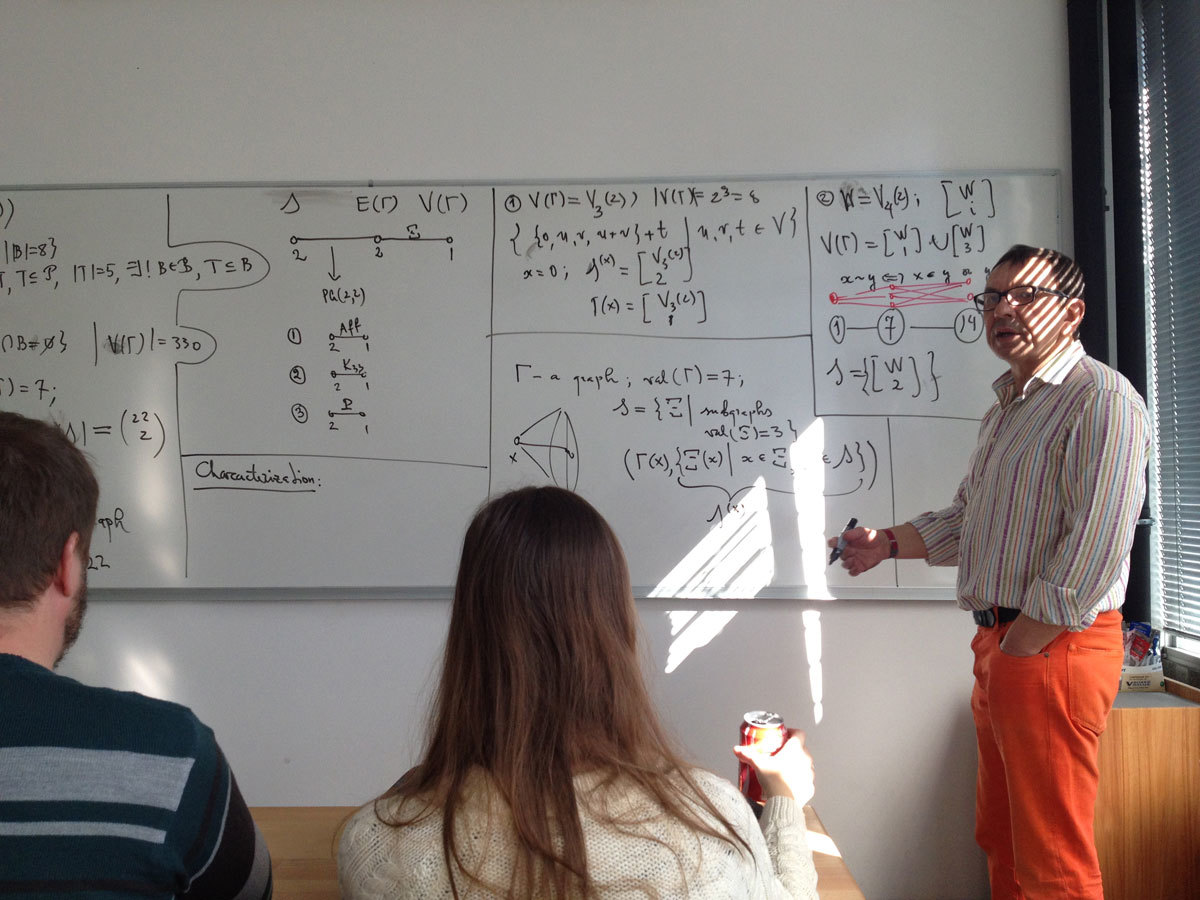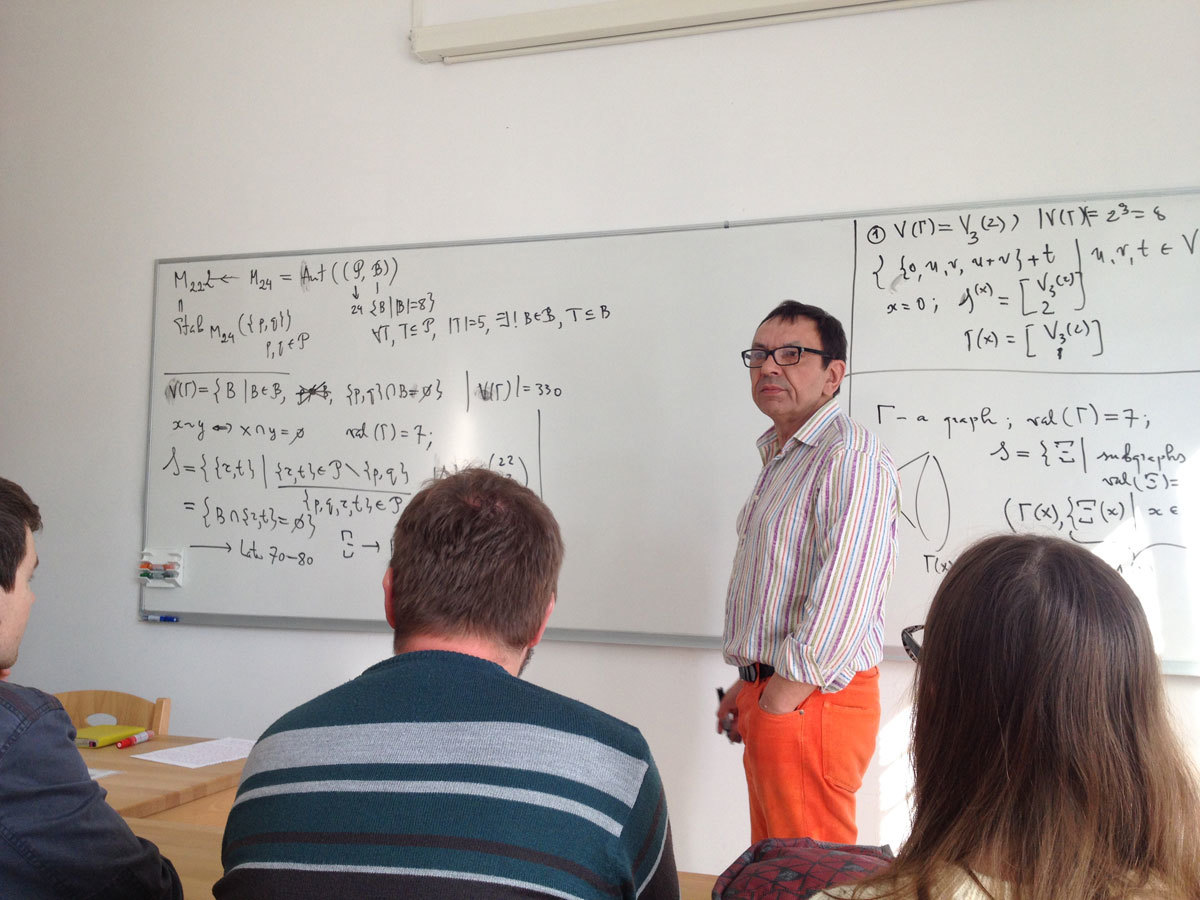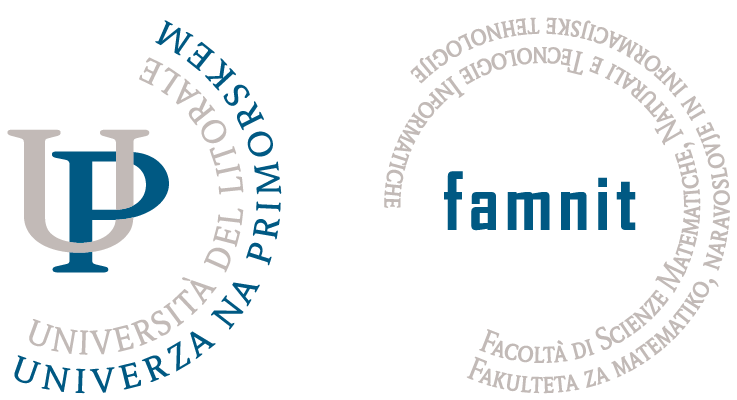Let G be a subgroup in the automorphism group of a graph X. The action of G on X is said to be weakly locally projective of type (n(x),q(x)) if for every vertex x of X the stabilizer G(x) of x in G induces on the set of neighbours of x a permutation group, which contains a normal subgroup isomorphic to the special linear group in dimension n(x) over the field of q(x) elements in its natural doubly transitive action on the set of 1-dimensional subspaces of the n(x)-dimensional GF(q(x))-space. Every weakly locally projective action is clearly edge-transitive. If it is also vertex-transitive the word ‘weakly’ is to be deleted. The main problem is to bound the order of G(x) by a function of n(x) and q(x). It was proved by D. Goldschmidt in his ground breaking paper of 1980 that |G(x)| is at most 384 if n(x)=q(x)=2 for all x; in the vertex-transitive case it amounts to the classical result by W.Tuitte of 1947 that |G(x)| is at most 48. For the locally projective actions the problem was attacked by R.Weiss and others before it was completely solved by V.I.Trofimov at the turn of the century. I would like to discuss locally projective subglaphs in weakly locally projective graphs as a possible path towards reducing the problem from weakly to non-weakly projective actions in the case when q(x)=2 for some vertex x of X.
